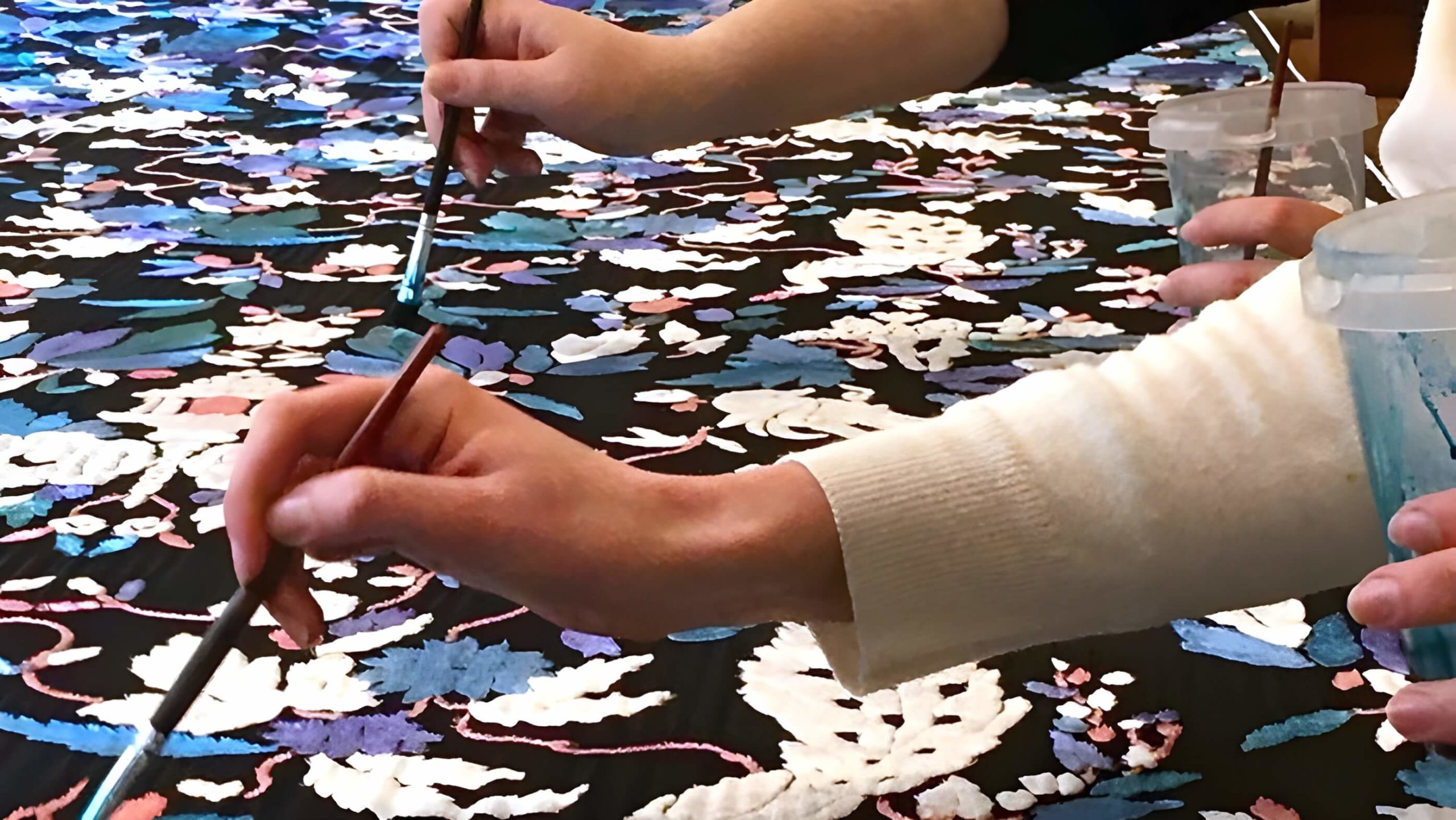
The history and techniques ofpanne velvet
History
The origins of velvet can be traced to Central Asia, most likely Persia, where the Italians discovered it, imported it and adopted the technique. As the silk industry flourished, velvet spread, from the 14th century onwards, to the great Italian cities of Genoa, Venice, Milan and Florence. The Italian velvet masters, who were organised into guilds, were excellent weavers. Their velvets, often embellished with gold and silver threads, were highly prized throughout Europe and were produced for sovereigns, the nobility and the clergy.
Velvet is a specific type of weave. The basic principle of a weave is a taut warp, interspersed with weft threads running widthways. Velvet requires two warps. The structure of the fabric is created by warps that are drawn up over rods or wires to make loops. This is part of the weaving process, and the looped pile is integral to the structure of the fabric. As the weaving progresses, the rods are removed. The resulting loops are shaved to a height of two millimetres to form pile, which is then flattened.
The pile of ciselé panne velvet, on the other hand, is cut to different heights, creating sumptuous arabesques with constantly changing effects that give rise to the patterns.
The cost of manufacturing velvet, the craftsmanship involved and the time required to weave it, along with the high cost of the basic materials, made it the most sought-after and luxurious cloth of the late Middle Ages and Renaissance.
In the 17th century, Claude Dangon, a silk worker from Lyon, invented the draw loom, which made it possible to weave the figured textiles that until then had been produced exclusively in Italy.
The invention of this loom gave the city of Lyon a decisive lead in weaving velvet. The draw loom remained in use until the invention of the Jacquard loom in 1801 by the Lyonnais Joseph Marie Jacquard. Jacquard looms which allowed new weaving combinations to be controlled by a single operator are operated by punched cards. They also proved to be capable of weaving an animal thread and a vegetable thread together: silk and viscose. Viscose, invented in 1884 by Count Hilaire de Chardonnet and Auguste Delubac, is composed of cellulose and collodion, often derived from pines or palms. Used worldwide since the early 20th century, this fibre, also known as artificial silk, has enjoyed spectacular development.
Today, our panne velvets are still woven on Jacquard looms in the Lyon region. The designs are now created on computer. The electronic Jacquard looms are controlled by software that manages the weaving of the 2 warps as well as the creel that feeds threads into the weave in 3 dimensions. The velvet is then cut with a blade (also automated) as it comes out of the loom.
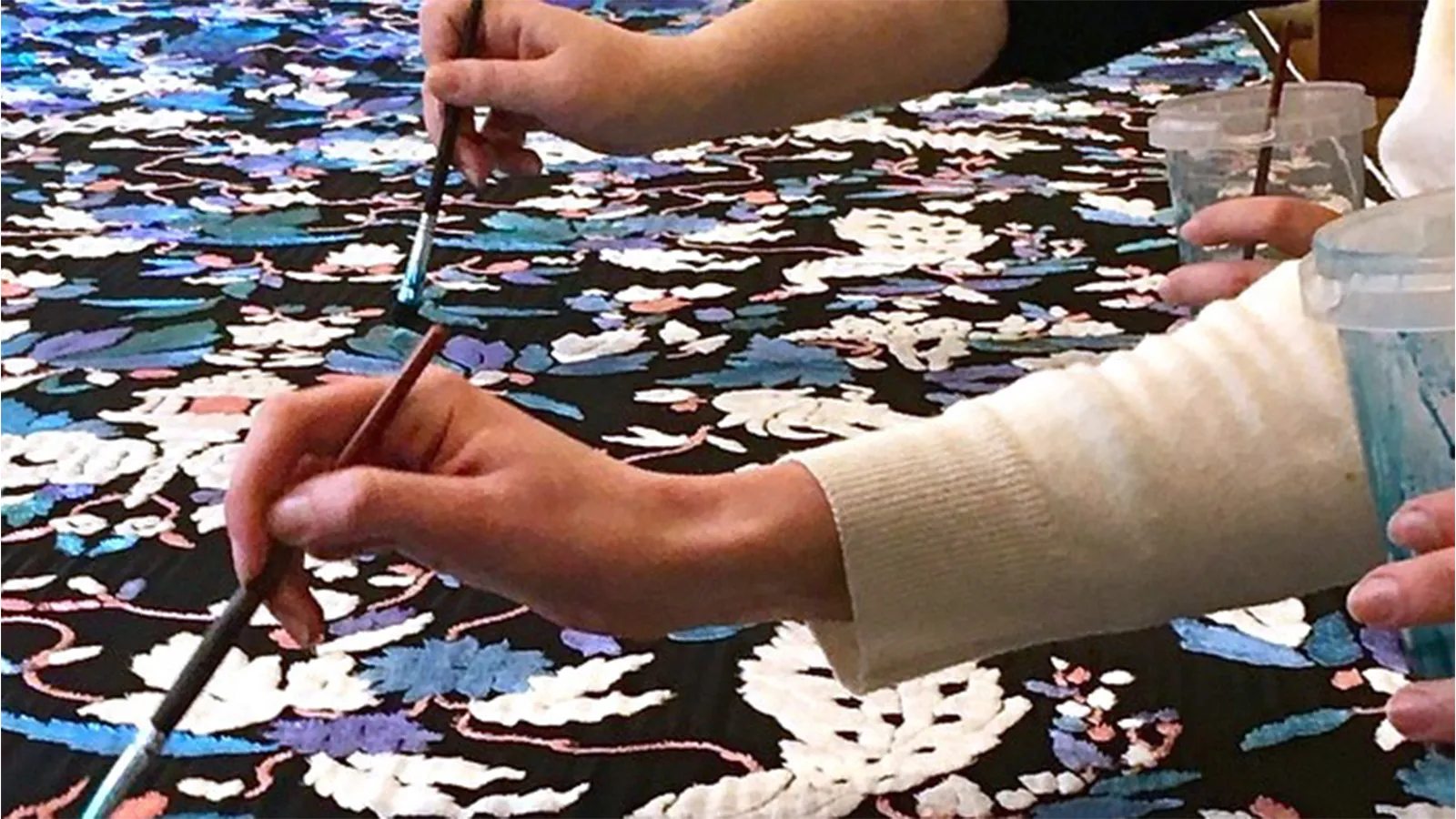
Colouring
We are specialists in colouring velvet and, more specifically, panne velvet, which is figured with motifs that we paint by hand.
The velvet is woven in black and white: black for the silk chiffon background, and white for the raised patterns, which are woven in viscose. After weaving, the surface of the velvet is shaved and the piece passes between two heavy rollers in order to push the pile in one direction, to fix it, and to give it its incomparable lustre. This process is called pannage in French, hence the name ‘panne velvet’.
When the lengths of velvet are delivered to Atelier Brochier Soieries, they are stretched on our two 3-metre-long painting tables to make them easier to paint.
Our textile painters decide on a colour palette for each table.
They create their colours from around ten bases made from a mixture of soluble direct dyes or reagents, water and synthetic urea. The colours are diluted with water and alcohol in equal proportions to obtain different shades. The initial palette evolves or is augmented in the course of the work according to any difficulties that arise. The dyes used are extremely runny and are easily absorbed by the fabric, which makes the work tedious.
So particular attention has to be paid to applying the colours. The greatest difficulty is controlling the colour as you apply it, so as to avoid staining the velvet. To make the job easier, the lightest colours are applied first and then the darkest, so that any imperfections that may arise can be covered over.
Different brushes are used, depending on the complexity of the design, the shades required and the amount of detail that needs to be achieved on the velvet.
This, exacting, time-consuming work requires a highly developed sense of colour, considerable dexterity, much patience and a great deal of artistic sensitivity.
After the colours have been applied, they are fixed and rinsed, and the velvet is given a second ‘pannage’. These finishing processes give velvet an incomparable lustre and softness.
Finally, the length of velvet is cut and fashioned into shawls, stoles or scarves, each of which is a rare, unique piece that you will find only in our boutiques.
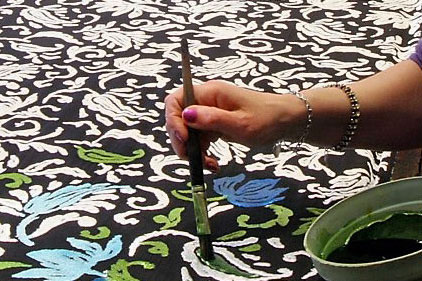
Welcome to the Brochier Soieries workshop
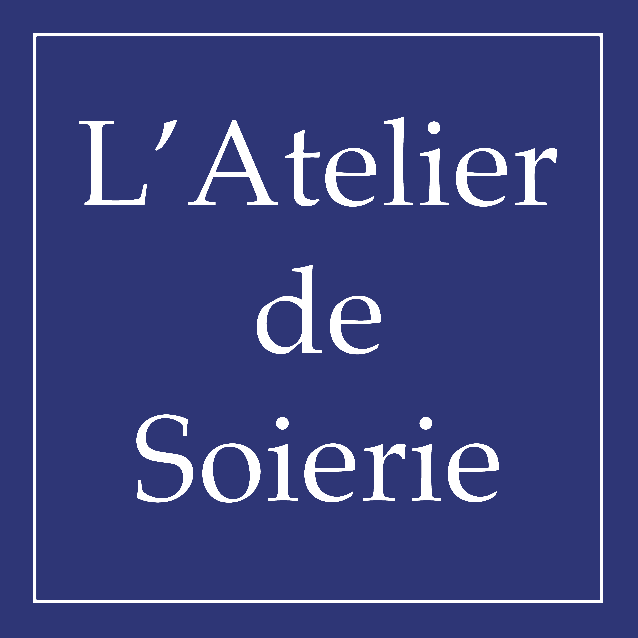
Practical information
The workshop is open to the public Mondays to Fridays 9:30 am - 1:00 pm & 2:00 - 6:30 pm, and on Saturdays 9:00 am - 1:00 pm & 2:00 - 6:00 pm.
Contact details
L’Atelier Brochier Soieries
33 rue romarin - 69001 Lyon
Map
Public transportation:
Metro line A and Line C | Hôtel de Ville station
Bus S1, A32, A71, C5, 9 | Hôtel de Ville station
Plan a journey
INTRODUCTIONS TO ART PRINTING
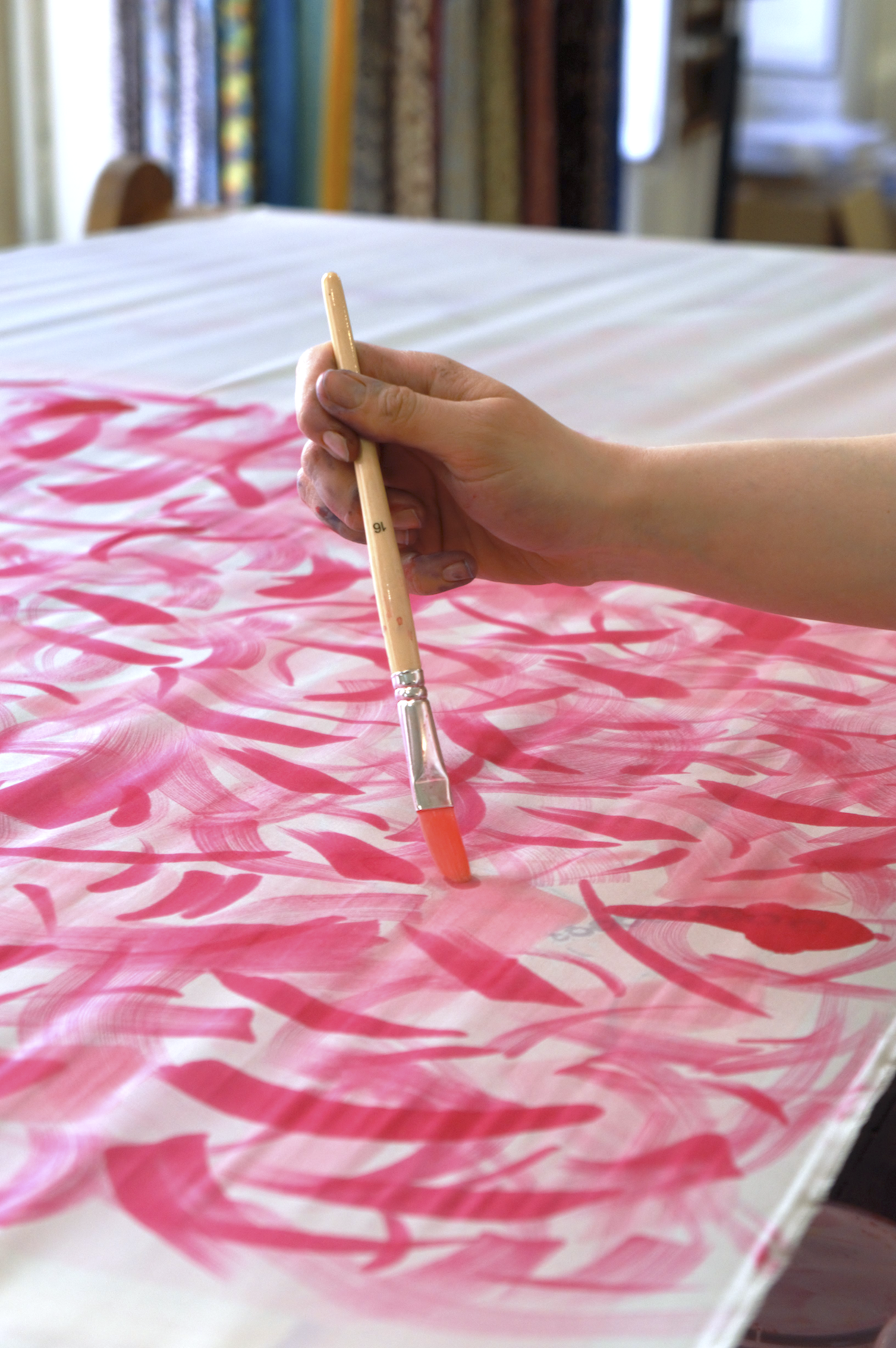
Introduction to painting on silk
Duration of the introductory lesson: 2h
Subject to reservation
1 to 4 people
120 € / per person
Venue: L'Atelier Brochier Soieries
Find out more about the Painting on silk introductory lesson
Our designer’s introduction to silk painting is a unique creative experience.
Over the course of two hours, you will discover silk painting techniques and create your own personalised silk square.
Anna will guide you through the creative process, providing you with inspiring textile designs, tools and materials. Seated in front of the long hand-painting tables on which the silk rolls are stretched, you’ll spend 2 hours discovering the secrets of a Lyonnais skill that was highly prized by the great couturiers of the 20th century.
This introductory course is available for groups of two or more, and can be adapted to your level, whether you are a beginner or an experienced painter. It’s the ideal opportunity to share a timeless moment with friends or family (children aged 8 and over).
Once the session is over and you have your silk square in your pocket, be sure to visit the Musée Soieries Brochier, where you can discover the history of the close links, spanning four generations, between the Brochier family and the great artists and couturiers of the last century. Especially now that you’re part of the story, too!
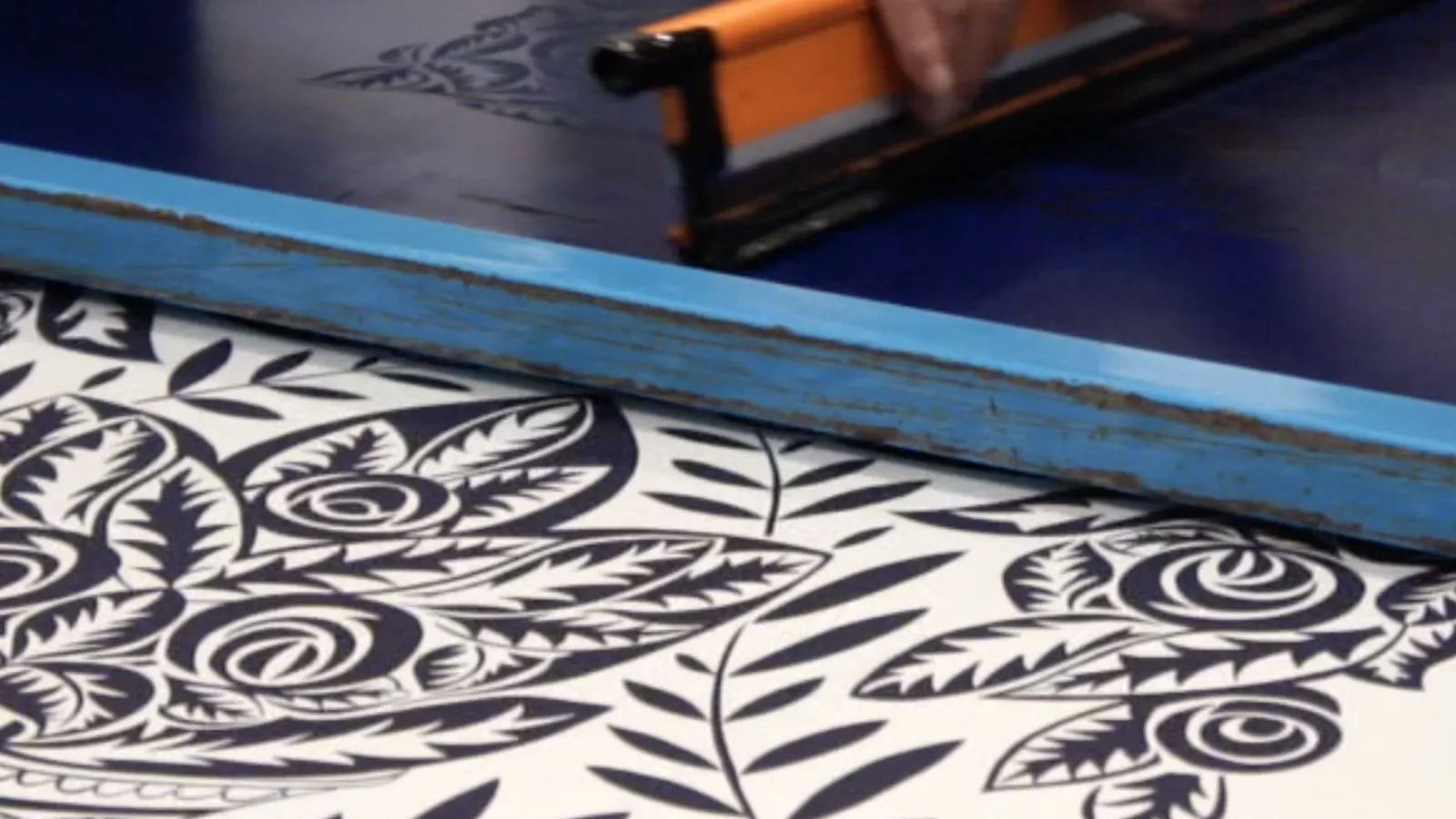
Introduction to flat-frame printing à la lyonnaise
Duration of the introductory lesson: 3h
Subject to reservation
2 to 5 people
250 € / per person
Venue: L'Atelier Brochier Soieries
Find out more about the Flat-frame printing à la lyonnaise introductory lesson
Coming soon!
BOOK YOUR GUIDED TOUR
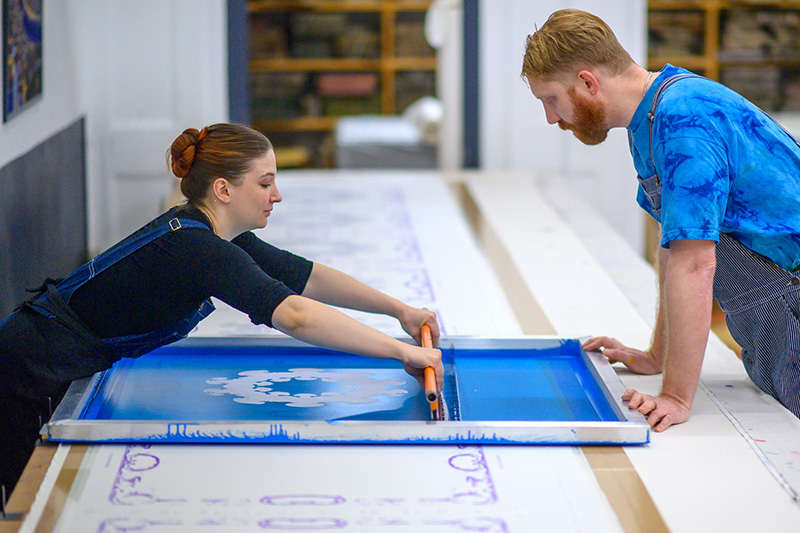
The workshop guided tour
Duration : 1h
Group fares
Subject to reservation
Location : Brochier Soieries workshop
Find out more about the workshop guided tour
The Brochier Soieries workshop invites you to discover its traditional skills: frame printing “à la lyonnaise”, hand-painted silk velvet panne and block printing.
Our silk printing workshop is the last workshop in France still in operation to perpetuate by hand this traditional process, invented in Lyon in 1920 and long used by manufacturers to produce prints on fabric. With 3,000 frames, some dating back to 1950, we produce a wide variety of graphics, combining tradition and modernity.
During your visit, our printers will share the secrets of Lyon’s expertise, so highly prized by the great couturiers of the 20th century.
You’ll discover the techniques of frame printing “à la lyonnaise” and block printing: qualities of silk fabrics, installation of silk rolls on long printing tables, cooking of colors, smoothness of colored pastes, printing, drying and fixing. Upstairs, you’ll be invited to a demonstration of hand-painting on velvet panne, a renowned specialty of Lyon!
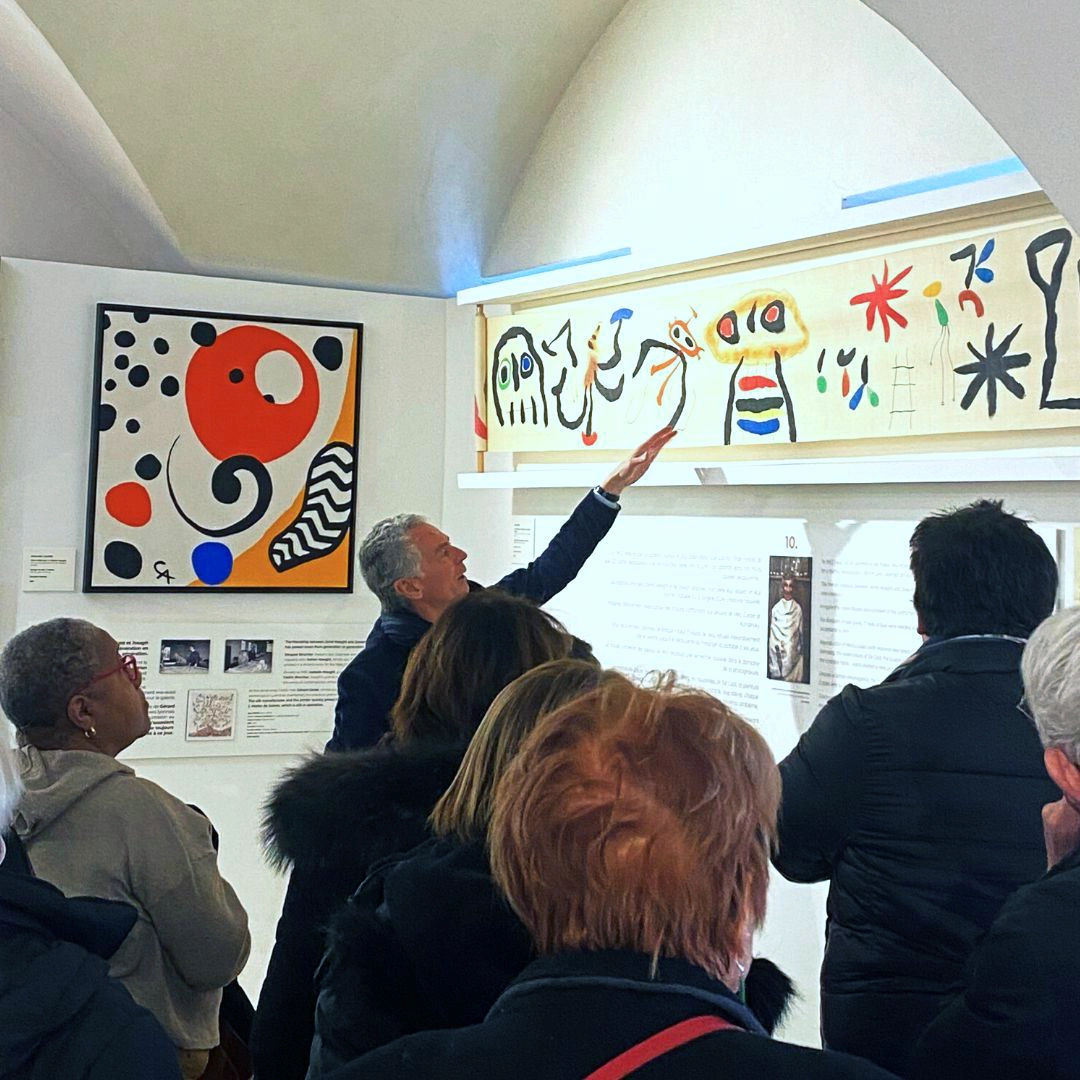
The museum guided tour
Duration : 1h
Adults 12 € / 14-25 years 8 €
Subject to reservation
Location : Musée Soieries Brochier
Find out more about our the museum guided tour
In the heart of the city of Lyon, within the prestigious walls of the Grand Hotel Dieu, the new Musée des Soieries Brochier is now open.
We invite you to explore 130 years in the history of a prominent Lyon family that set out in the silk industry in 1890: 4 generations, 9 Brochiers and hundreds of thousands of metres of silk, woven and printed for the greatest names in haute couture and the arts have been involved over a period of more than a hundred years.
Come and admire dresses by Hubert de Givenchy, Christian Lacroix, Valentino, Yves Saint Laurent and Nicolas Fafiotte, created with fabrics from the Brochier silk house.
And discover textile designs by such 20th century masters as Miró, Calder and Cocteau that reflect the Brochier family’s close involvement with artists.
Discover also how a thirst for innovation made it possible to adapt the Jacquard loom for the production of technical fabrics for Concord nose cones, rainforest canopy rafts, and the Venus balloon probes. And learn how silk thread is now woven with optical fibres to produce the fabrics of the future.
The Musée Soieries Brochier is the ideal starting point for a visit to Lyon that combines heritage with history. The museum shop is open to the public and offers a wide range of hand-painted, 100% silk and velvet squares made in Lyon in the silk weaving mills and printing workshops of Brochier Soieries.
The museum is part of our Silk Trail, which offers visitors the opportunity to visit our silk printing workshop on the Place des Terreaux and then to inspect a mini silkworm farm on the Rue du Boeuf in the Mediaeval and Renaissance quarter of the town (St Jean).
